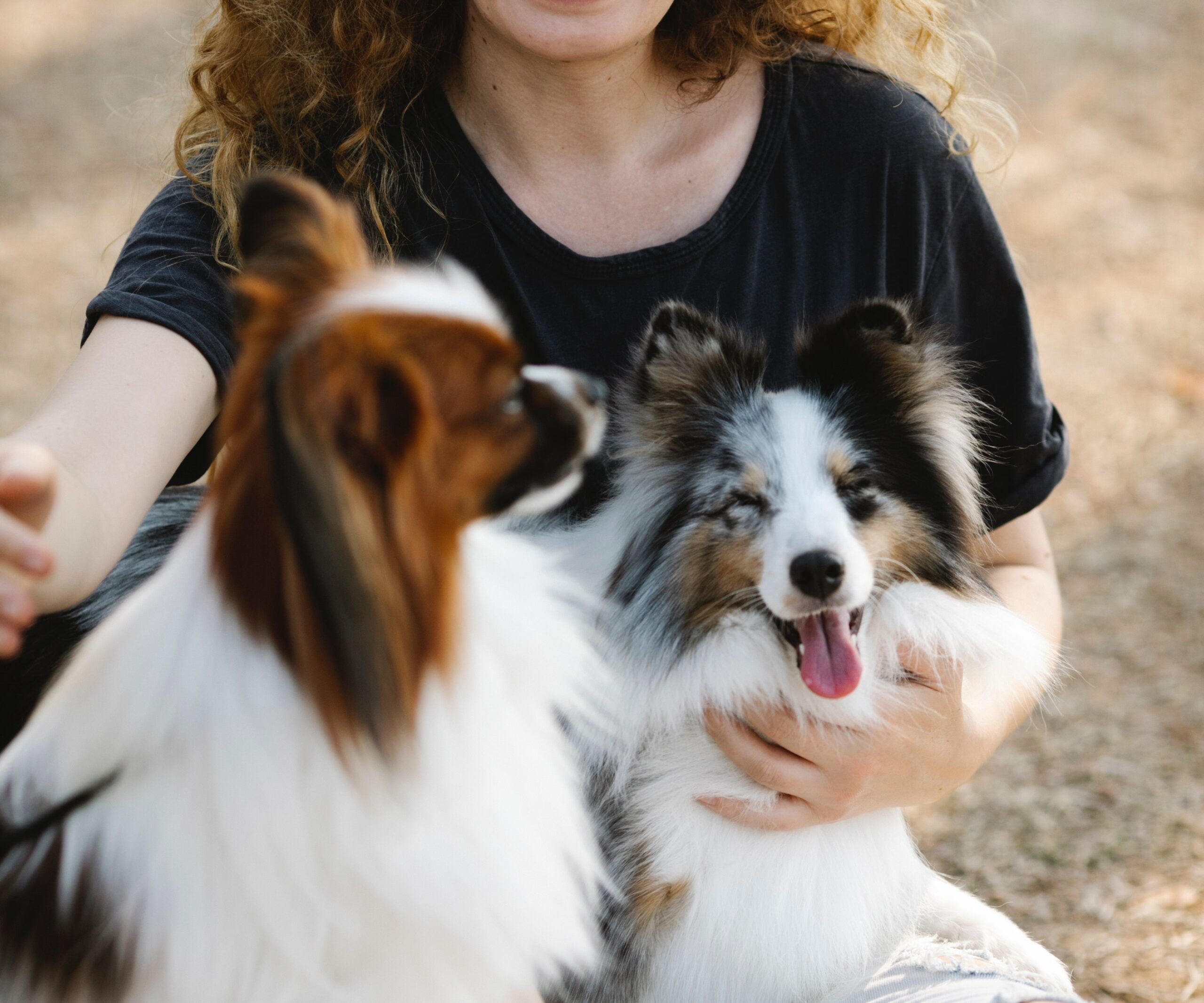Understanding Pet Aggression: Tips for Preventing it
Pet aggression is a common problem that many pet owners face. It can be caused by a variety of factors such as fear, territorial behavior, and medical conditions. Therefore, it is essential for pet owners to understand the root cause of pet aggression and take preventive measures. Informative tips to prevent pet aggression and taking the right action can provide your pet a good mental health.
This article provides insights and tips that can help prevent pet aggression.
Socialization
Socialization is a critical component of preventing pet aggression. It involves exposing pets to diverse people, animals, and environments from an early age. Socialization helps pets become less fearful and more comfortable in various situations, thereby reducing the likelihood of aggressive behavior. Introducing pets to new environments and situations in a positive and controlled manner can help them develop the necessary social skills to interact appropriately with people and other animals.
Positive Reinforcement Training
Positive reinforcement training is a scientifically proven technique for preventing pet aggression. It involves rewarding positive behavior instead of punishing negative behavior. When pets are rewarded for desirable behavior, it reinforces the behavior and increases the likelihood of repetition. Positive reinforcement training can improve pets’ social skills and reduce the probability of aggressive behavior.
Exercise and Stimulation
Lack of exercise and mental stimulation can cause boredom and frustration, which can trigger aggressive behavior. Pet owners must provide sufficient physical activity and playtime to prevent pets from becoming bored and frustrated. Regular exercise and mental stimulation can help alleviate stress and anxiety, contributing factors to aggressive behavior. Providing pets with toys, puzzles, and interactive games can also help keep them mentally stimulated and prevent boredom.
Avoidance of Triggers
Pets may exhibit aggressive behavior in response to specific situations or objects. Pet owners must identify and avoid such triggers. For instance, if a pet becomes aggressive when encountering other dogs, it may be best to avoid dog parks or busy areas with other dogs. Avoiding triggers can prevent aggressive behavior and alleviate stress and anxiety in pets.
Consultation with a Veterinarian
Aggressive behavior may arise from underlying medical conditions such as pain or illness. Pet owners must seek the services of a veterinarian when they observe a sudden shift in their pet’s behavior. The veterinarian can evaluate the pet and rule out any underlying medical conditions. Moreover, they can provide guidance on behavioral modification techniques and medication that can prevent aggression.
In conclusion, preventing pet aggression requires understanding its causes and taking proactive measures to manage it. Socialization, positive reinforcement training, exercise and stimulation, avoidance of triggers, and veterinary consultation are all crucial steps in preventing aggressive behavior in pets. By adopting these strategies, pet owners can foster a healthy and happy relationship with their furry companions. Remember, prevention is better than cure, and by taking preventive measures, pet owners can prevent aggression in their pets and ensure their safety and well-being.
You May be Interested in…
Comprehending and Managing Pet Anxiety: An Evidence-Based Approach
How to Prevent Separation Anxiety in Pets: Tips for Pet Owners
Discover all You Need to Know about Your Pet Health and Wellness


